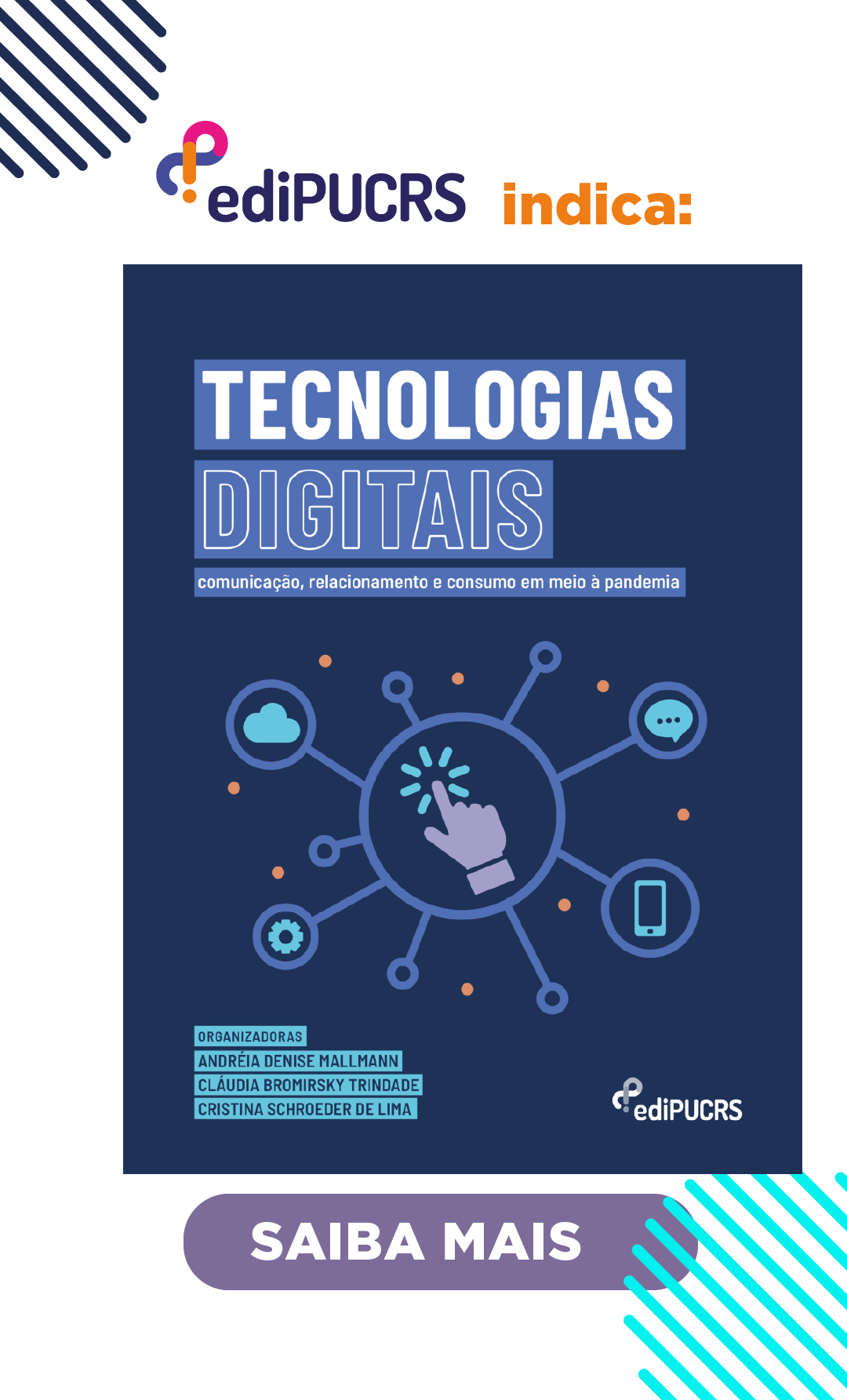House’s creative destruction: Order and disorder under the guise of security
DOI:
https://doi.org/10.15448/1980-3729.2015.1.20892Keywords:
Fiction, Reality, Mental pictureAbstract
We are presenting here a reading of House, a popular television medical drama, through the prism of the imaginary. This show juggles with reality and fiction in such a way that it is sometimes difficult for us to make a distinction between what we know about the medical environment and what images and words suggest. House’s main and eponymous character, Dr Gregory House, appeals to the viewer through his ambivalence. Indeed, he is both obnoxious – often spiteful, callous and unsympathetic towards his patients, his close friends and colleagues, always flouting hospital rules – and captivating in the practice of his profession as well as in the relationships he maintains with the members of his team. This ambivalence makes him the author of a “creative destruction”, which takes us from one world of feelings to another, using our emotions. Thus a dialogical process takes place, which can be perceived using the framework of interpretation provided by imaginary sociology, in particular its structures elaborated by Gilbert Durand.
Downloads
References
DURAND, Gilbert. (1960). Les Structures Anthropologiques de l’Imaginaire. Paris: Dunod, 1992.
DURAND, Gilbert. Introduction à la mythodologie. Mythes et sociétés. Albin Michel, 1996.
FOUCAUL, Michel. Naissance de la clinique. Paris: PUF, 1963.
GIRARD, René. La violence et le sacré. Paris: Grasset, 1972.
GOFFMAN, Erving. Asile. Paris: Minuit, 1968.
JORON Philippe. La communication sacrificielle. Les Cahiers de l’IRSA, Violences et communication, n. 6, p. 245-264, 2006.
MAFFESOLI, Michel. L’instant éternel, le retour du tragique dans les sociétés post-modernes. Paris: Denoël, 2000.
PARSONS, Talcott. The patient and the mental hospital. New York: The free press, 1957.
RENARD, Jean-Bruno et Véronique Campion-Vincent. De Source sûre, Nouvelles rumeurs d’aujourd’hui. Paris: Payot, 2002.
RENARD, Jean-Bruno. Le Merveilleux. Paris: Éditions CNRS, 2011.
SOUTEYRAND, Yves. L’hôpital stratège. Paris: John Libbey Eurotext, 1996.
Downloads
Published
How to Cite
Issue
Section
License
Derechos de Autor
La sumisión de originales para la Revista Famecos implica la transferencia, por los autores, de los derechos de publicación. El copyright de los artículos de esta revista es el autor, junto con los derechos de la revista a la primera publicación. Los autores sólo podrán utilizar los mismos resultados en otras publicaciones indicando claramente a Revista Famecos como el medio de la publicación original.
Creative Commons License
Excepto donde especificado de modo diferente, se aplican a la materia publicada en este periódico los términos de una licencia Creative Commons Atribución 4.0 Internacional, que permite el uso irrestricto, la distribución y la reproducción en cualquier medio siempre y cuando la publicación original sea correctamente citada.






